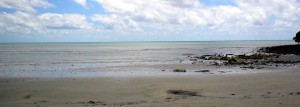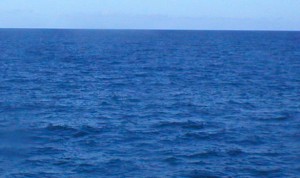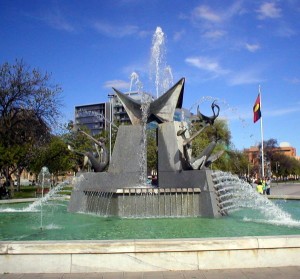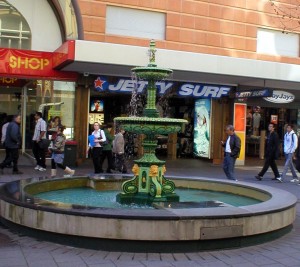![]()
![]()
![]()
![]()
![]()
![]()
![]()
anānīke
Continuing on to the seventh sentence of the Babel text:
il tamma ien ē pa mēli anānīke ī pa sāim antaxōni ān tēna ī la ankāe ancēji ja ñatta rēha pa jāo jānne;
Unfamiliar words are anānīke, ankāe, ancēji, rēha, jāo, and jānne.
anānīke denotes the abstract quality of unity or union, of separates joining together and becoming one. This makes it the opposite of ankepōla.
“Then He said: the people have unity and they have only one language and…”



